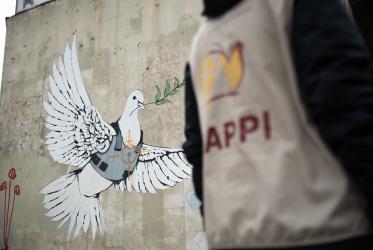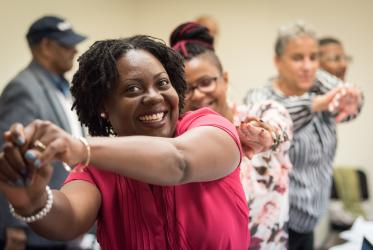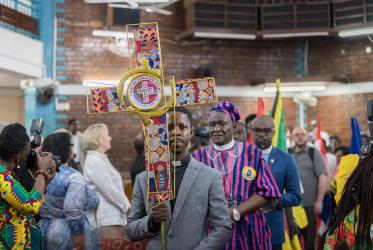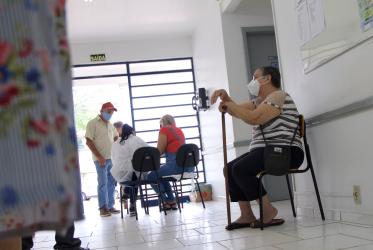By Peter Kenny*
This Christmas the St Luke Clinic in Tirana has come of age. Twenty-one years after it was founded it offers specialized medical assistance in an array of medical fields and its founding was the foundation of expanded church-run medical services in Albania.
At St Luke these include pathology, pediatrics, cardiology, ophthalmology, neurology, micro-surgery and abdominal ultrasounds, children cardiograms. St Luke also offers oncology and urology.
The World Health Organization attributes relatively high life expectancy in Albania of 73 years for men and 75 years for women to healthy nutrition and a relatively low alcohol and tobacco consumption.
But it has a high infant mortality rate for Western Europe and as one of Europe’s poorest countries many health care services are under-resourced.
Before 1991 there were no church or religious-run health institutions in Albania. That is because religion had been banned.
Since the fall of communism in 1991 some remarkable transitions have taken place in Albania and after the reinstitution of the church, health services were a priority for the Orthodox Autocephalous Church of Albania.
The Albanian Orthodox Church is a member of the World Council of Churches (WCC) and the Conference of European Churches.
Among the services offered by the church are the introduction of health facilities to supplement the state-run system that does not have the resources to provide adequate cover to all of the population.
Nathan Hoppe a missionary sent to Albania in 1998 by the Orthodox Christian Mission Center from the United States, says “education and health services” have been an integral part in the rebuilding of the church.
St Luke Clinic, although in a modest building and run with a small staff, was the result of much hard work.
It was due to the efforts of the head of the Orthodox Church in Albania, Archbishop Anastasios, Orthodox Archbishop of Tirana, Durrës and all Albania, that St Luke Clinic launched on 1 November, 1994 in a small Tirana city building.
In helping to resurrect the church, Anastasios also reinstated its social services that were shut down during to totalitarian era under dictator Enver Hoxha from 1944 to 1991.
The staff was fortunate in having modern medical equipment to treat their patients, such as ultrasound devices, electrocardiograms, surgery lamps, ophthalmologic facilities and other devices.
Until May 1998, a large number of patients were out patients.
Now, the facility takes in about 6,000 patients a month from all faiths delivering contemporary health services. In 2000, a day surgery room was created. In the first 10-year period about 760,400 patients visited.
And in the 10 years from 1999 to 2009, the Annunciation Orthodox Diagnostic Centre donated many medicines to patients at the diagnostic center, aiding disabled people with crutches and wheelchairs.
The centre provided medicines and heath aids such as cotton, gauze, plaster, serums and surgery tools to the Orthodox Clinic in Korça and in Kavaja.
It also gave assistance to the church and the kindergarten of the church in Vlora; to the hospitals of Vlora, Berati, Korça, Elbasani, Kavaja, Fieri, Lezha, Selenicë of Vlora.
It was there to assist the surgery room in the Durrës hospital, the Military Hospital in Tirana; to the Mother Teresa University Hospital Center in Tirana; to the dystrophic hospital in Tirana and to the psychiatric hospital in the capital.
It also offers its resources to many other organizations and institutions in the country.
More information about St Luke
*Peter Kenny is a journalist and communications consultant. He writes for Ecumenical News, The Wall Street Journal, The Star in Johannesburg and other media organizations.








